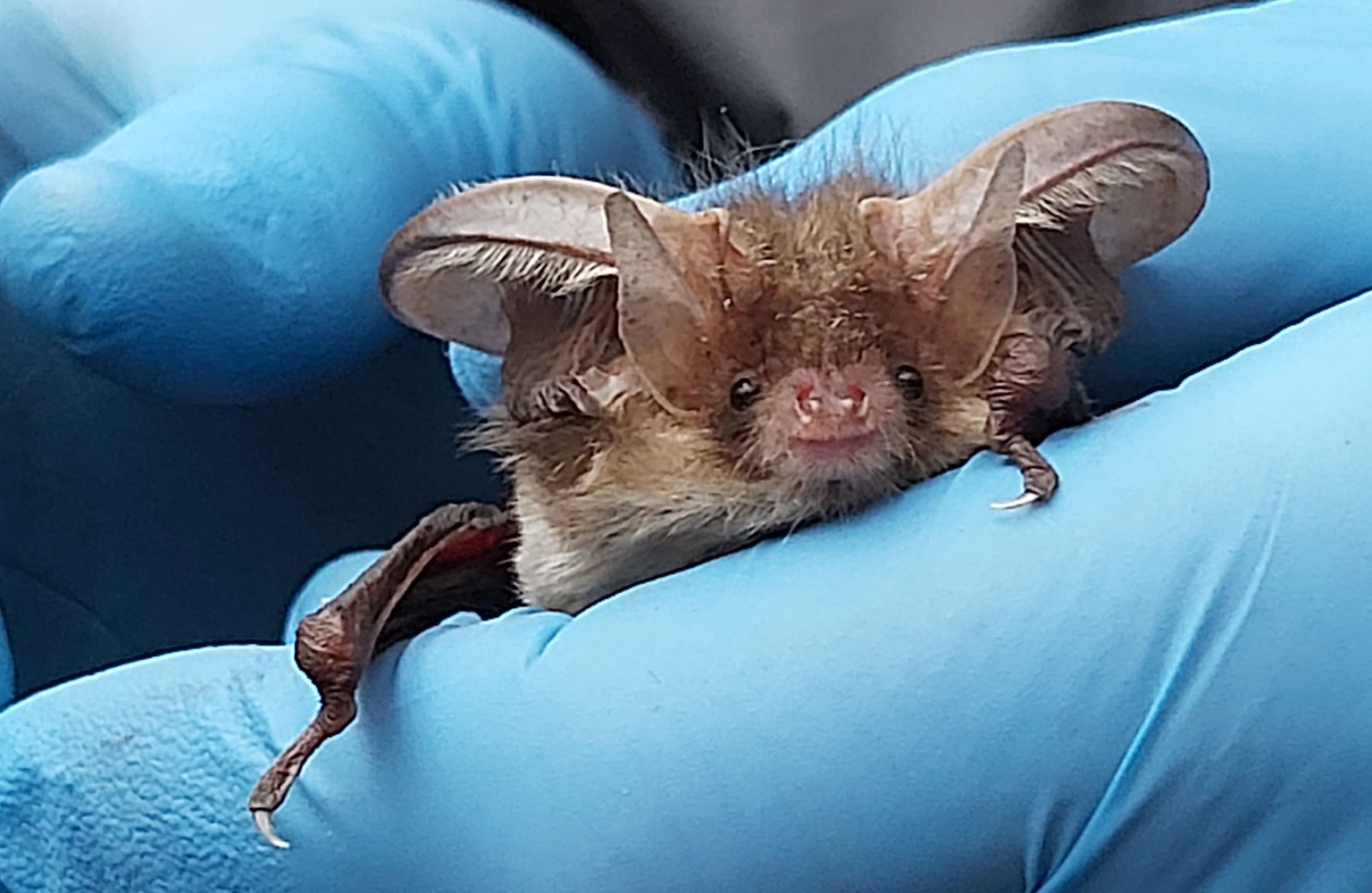The truth about bats

By Kristina Wood, Terrestrial Ecologist for NatureBureau
As the bat survey season draws to a close, I find myself coming into reduced contact with the real thing, but the presence of bat items in my home goes through the annual boom cycle as well-meaning friends and family buy me bat pillows, mugs, candles and this year, an extremely anatomically incorrect plastic bat skeleton. Every autumn is a reminder that my view on bats is very different to most people, who associate them with darkness, spookiness and even death!
Of course, other than hibernation periods, bats are present in the skies above us for most of the year – so why do we only associate them with Halloween? It is widely believed that it started with the ancient Celtics who believed that spirits could cross back to earth from ‘the other side’ just once a year – on October 31st, to cause trouble for the living. To ward off evil spirits, they would light large fires at dusk and host a celebration known as Samhain (pronounced as "sah-win"). Now we know that during September and October bats are in their mating period and are often seen swarming in large numbers. As our Celtic ancestor’s bonfires burned into the night, the glow and warmth of the fire likely attracted flying insects, which attracted hungry bats. The dark, fast-moving shapes darting around the fire may have appeared as spirits of the returning dead – and the association between bats and Halloween had begun.
Throughout the following centuries, campfire stories began to develop, in which bats were the shifted shape of a vampire who wanted to drink human blood and recruit us into their world of demons and ghouls. This was probably linked to the discovery of a Vampire Bat in the 17th Century.
There are many myths and stories told about bats which paint them in a negative way, and it can be a battle against the mainstream narrative to convince people that we need to protect our bats and their habitats when they’ve spent their whole life being taught bats are evil and harmful. The truth is, there are only three species of Vampire bat on earth – and none are in the UK, and they will very rarely bite a human. Of the 1,400 bat species in the world, we have 18 native UK species, and all of them are insectivores. Their diet of mosquitos and other flying insects contributes greatly to pest control and has agricultural benefits. In other countries, bats even act as pollinators and seed dispersers. Additionally, bats are an indicator species, and their presence tells us a lot about the health of our environment.
Not only are they ecologically important, but bats are highly legally protected as they are at risk due to habitat loss. Due to building within their habitats, our homes make up a large portion of the bat roosts out there as they find shelter in our roof tiles and loft spaces, often hidden away completely unnoticed by homeowners. So, if you have any concerns about bats roosting within your home, don’t! Most of the time, you won’t even know they are there. They do not chew wires, build nests or pose any threat for disease (so long as you’re not picking them up and risking a bite!). However, if you want to develop your home, you will need to seek ecological advice to avoid breaking any laws.
Finally, whilst we’re addressing myths, having bats won’t stop you getting planning permission - they just need to be safely accounted for during the process.
Photo: Brown long-eared bat found in Newbury, West Berkshire. Source: NatureBureau
